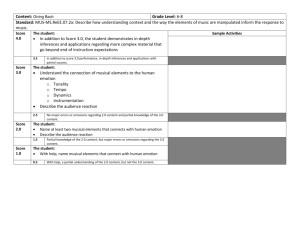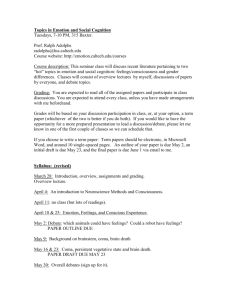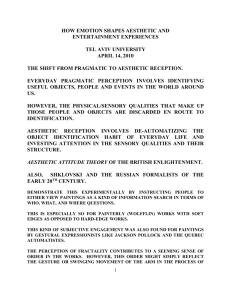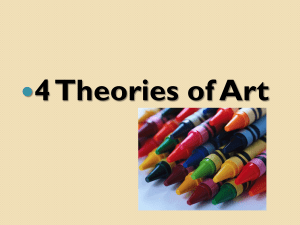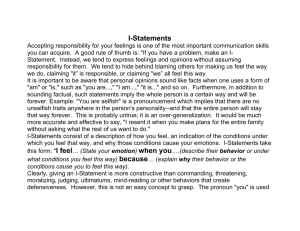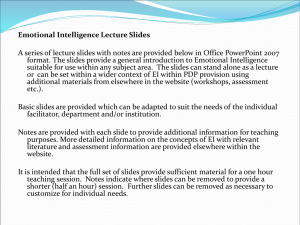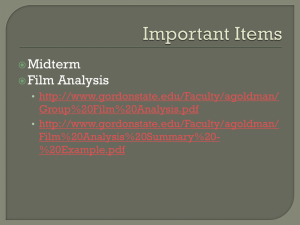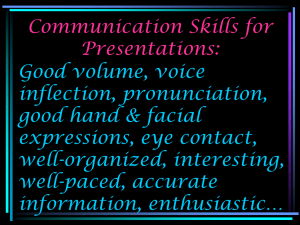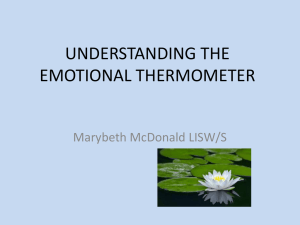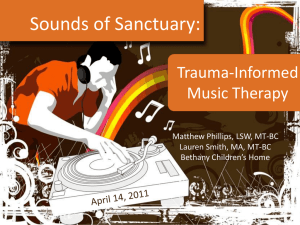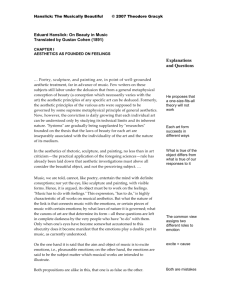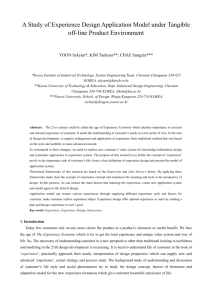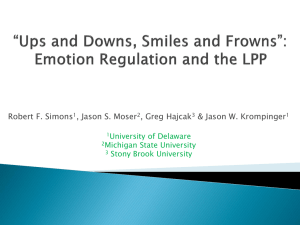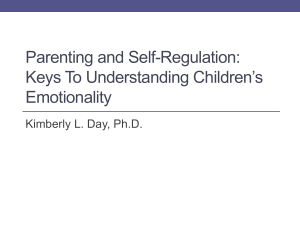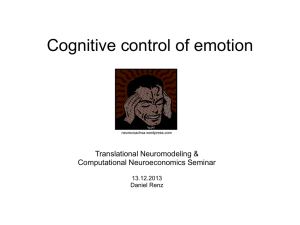Slides - Paul Thom
advertisement
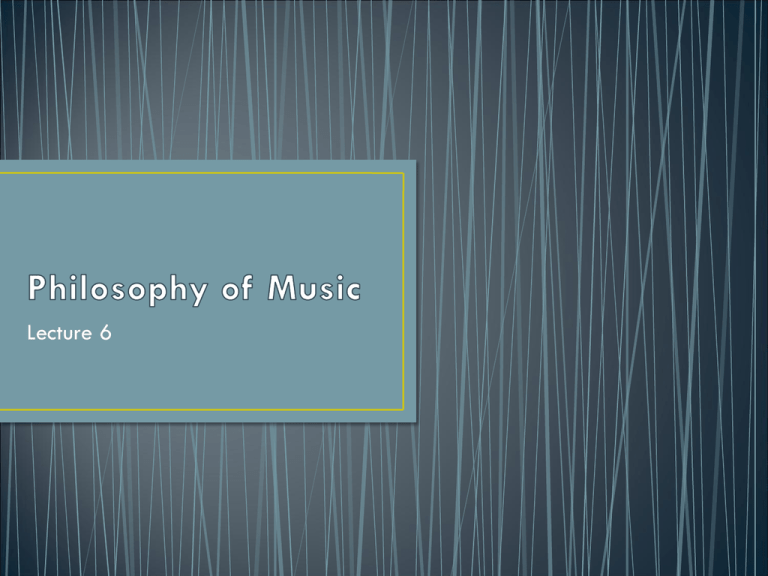
Lecture 6 ‘In the aesthetics of rhetoric, sculpture, and painting, no less than in art criticism … the rule has already been laid down that aesthetic investigations must above all consider the beautiful object, and not the perceiving subject.’ (Hanslick) Art cannot be reduced to the work of art. It has to be considered in its relations to the creative process, the properties of what is made/done, its address to the audience, and the experience it affords. ‘An art aims, above all, at producing something beautiful …’ (Hanslick) Beauty is not the sole consideration, even among aesthetic properties. ‘What instrumental music is unable to achieve lies also beyond the pale of music proper, for it alone is pure and self-subsistent music.’ (Hanslick) There is nothing impure about vocal music. ‘The beautiful in music would not depend on the accurate representation of feelings even if such a representation were possible.’ (Hanslick) This is true. Beauty is in general independent of the representation of feelings. Intentional object Propositional content Physiological change ‘Music may reproduce phenomena such as whispering, storming, roaring, but the feelings of love or anger have only a subjective existence.’ (Hanslick) Instrumental music can convey the objects and contents of emotions, if it is heard in the context of titles or programmes. ‘The pretension, however, to describe by musical means the “feeling” which the falling snow… excites in us is simply ludicrous.’ (Hanslick) Liszt, Chasse-neige ‘Love may be gentle or impetuous, buoyant or depressed, and yet it remains love. This reflection alone ought to make it clear that music can express only those qualifying adjectives, and not the substantive, love, itself.’ (Hanslick) What is not (entirely) physical can be given a physical representation. ‘[Music] may reproduce the motion accompanying psychical action, according to its momentum: speed, slowness, strength, weakness, increasing and decreasing intensity. But motion is only one of the concomitants of feeling, not the feeling itself…. There is no causal nexus between these ideas and certain combinations of sound.’ (Hanslick) Representation is a more general notion than Hanslick allows. Representation is not the same as reproduction. Some representations are natural and some are human products. natural by stipulation made etc Representations by art ‘It is not the actual feeling of the composer, not a subjective state of mind, that evokes a like feeling in the listener…. The player has the privilege of venting directly through his instrument the feeling by which he is swayed at the time, and to breathe into his performance passionate excitement, ardent longing, buoyant strength, and joy’. (Hanslick) Why should performers, but not composers, be subject to emotion? ‘… the musical excitation of our feelings is often due to other than purely aesthetic factors. A purely aesthetic factor appeals to our nervous system in its normal condition, and does not count on a morbid exaltation or depression of the mind.’ Why should emotion be pathological in the listener but not in the performer? ‘For, in reality, there is no causal nexus between a musical composition and the feelings it may excite, as the latter vary with our experience and impressibility.’ (Hanslick) Expression does not require a causal nexus. ‘Those inherently fallacious precepts for the excitation of definite emotions by musical means have so much the less to do with aesthetics as the effect aimed at is not a purely aesthetic one, an inseparable portion of it being of a distinctly physical character.’ (Hanslick) Creative styles and conventions can form part of expression. Music Emotion Persona expresses Behaviour • What is the value of a resemblance of an expression of an emotion? • What is the value of a representation of an expression of an emotion? • What is the value of hearing/imagining/experiencing something as an expression of emotion?
